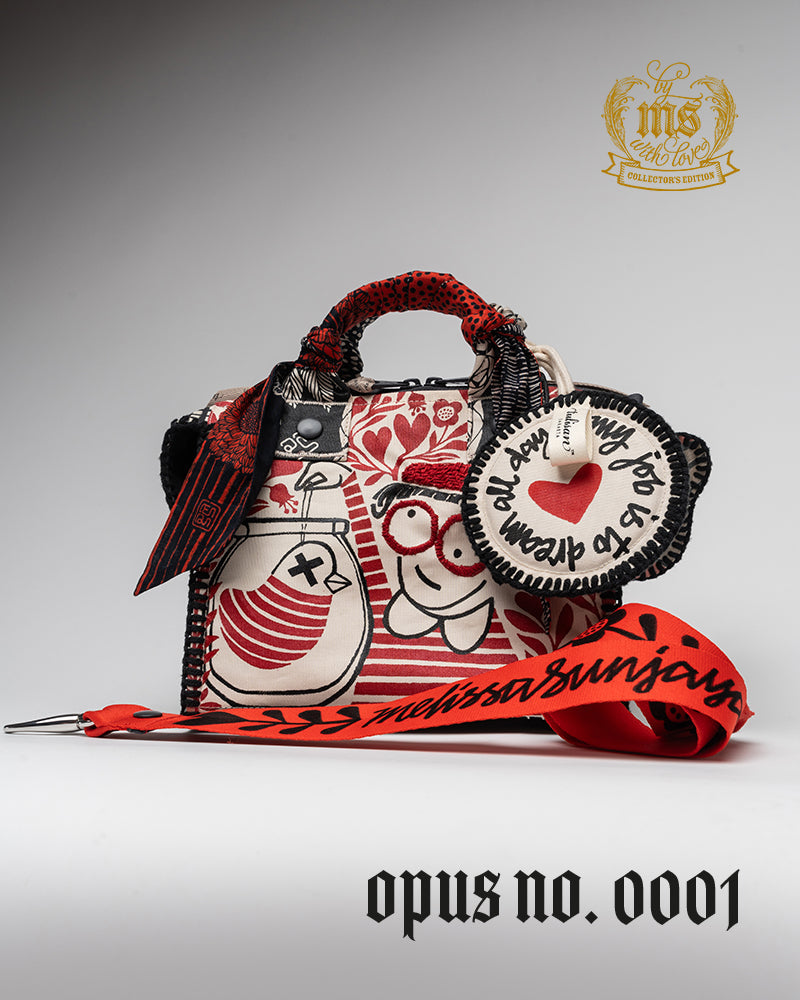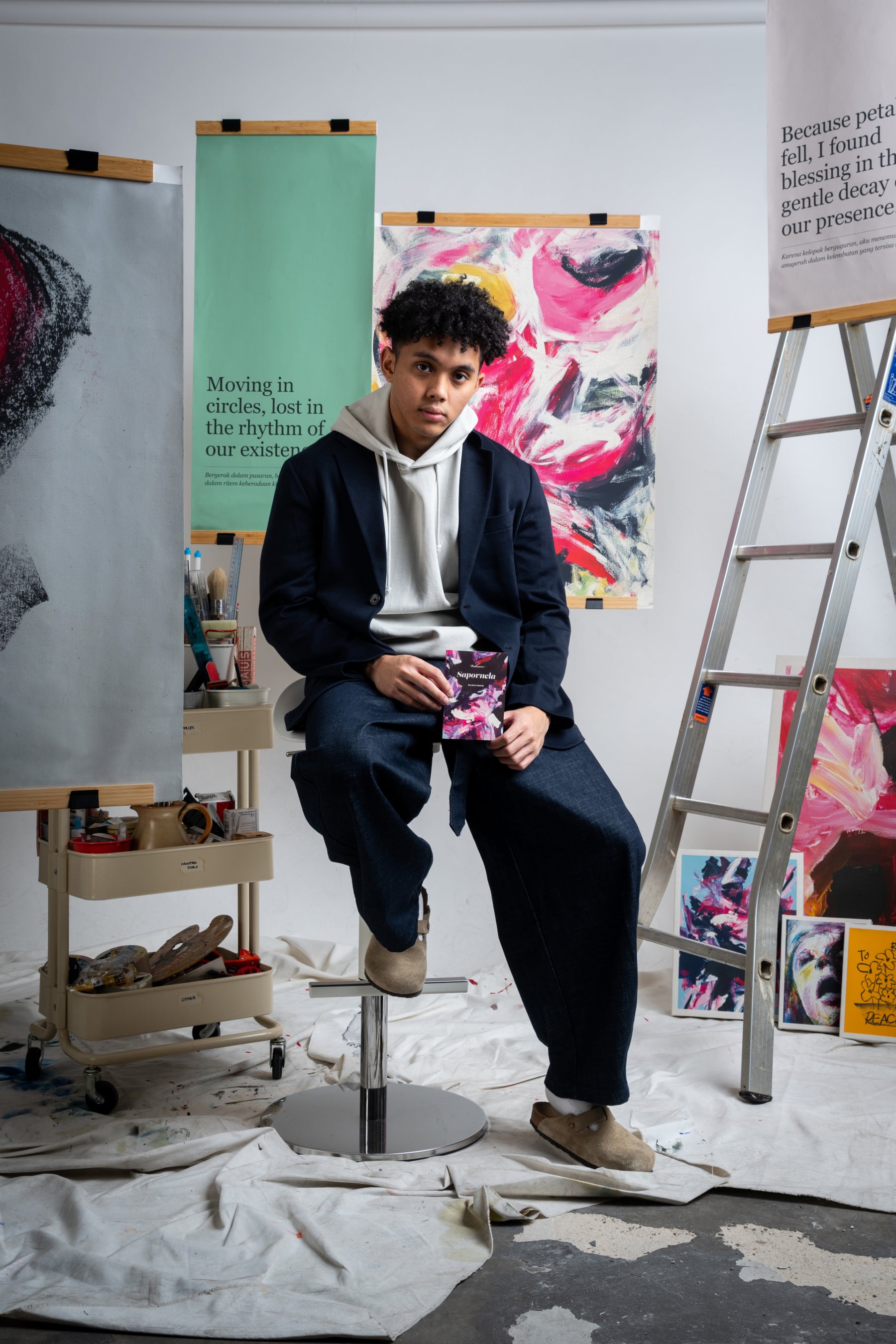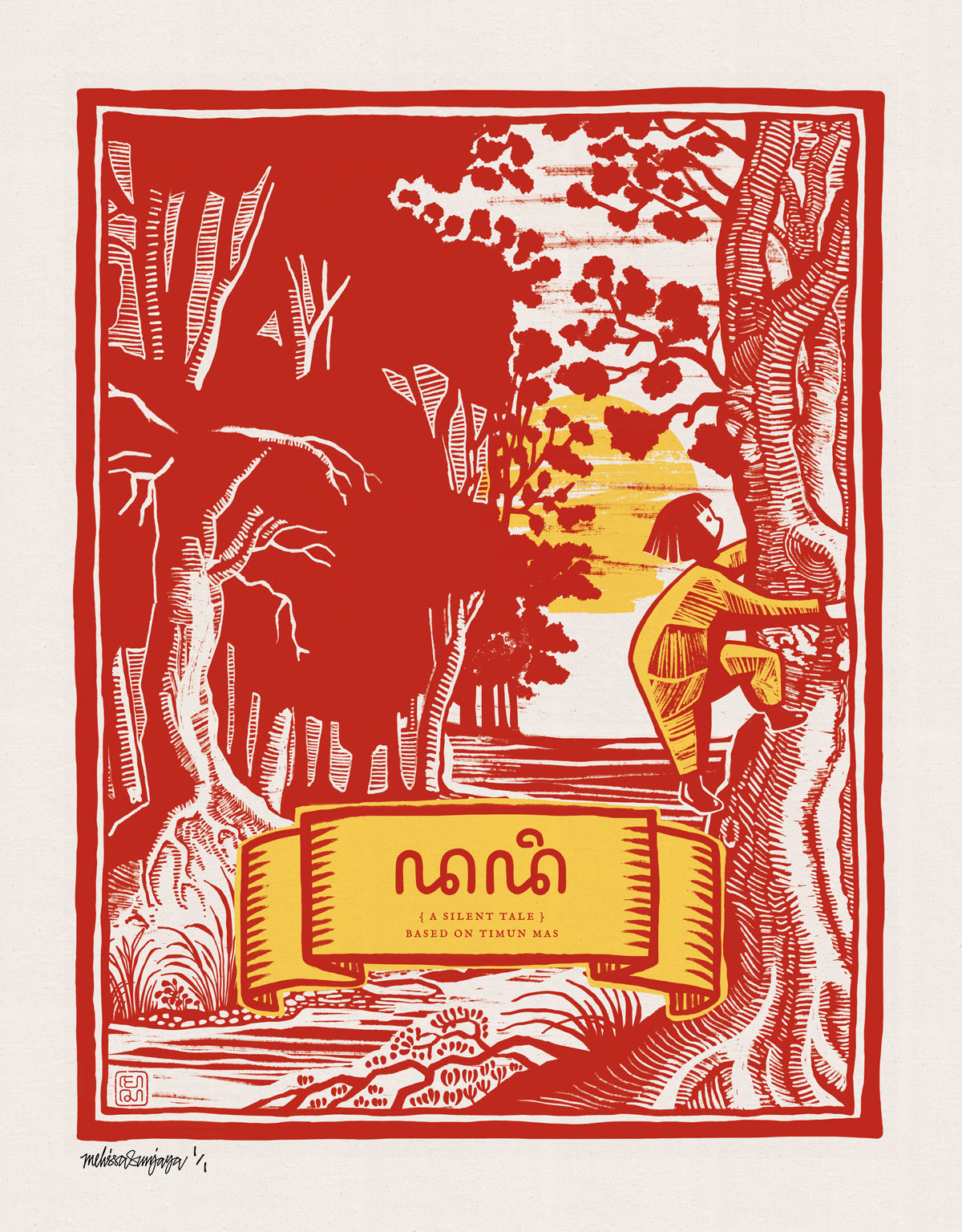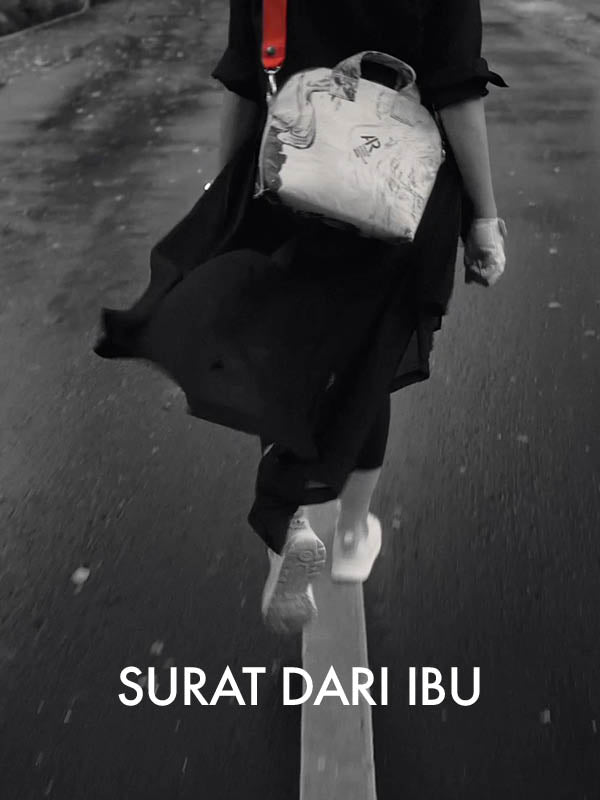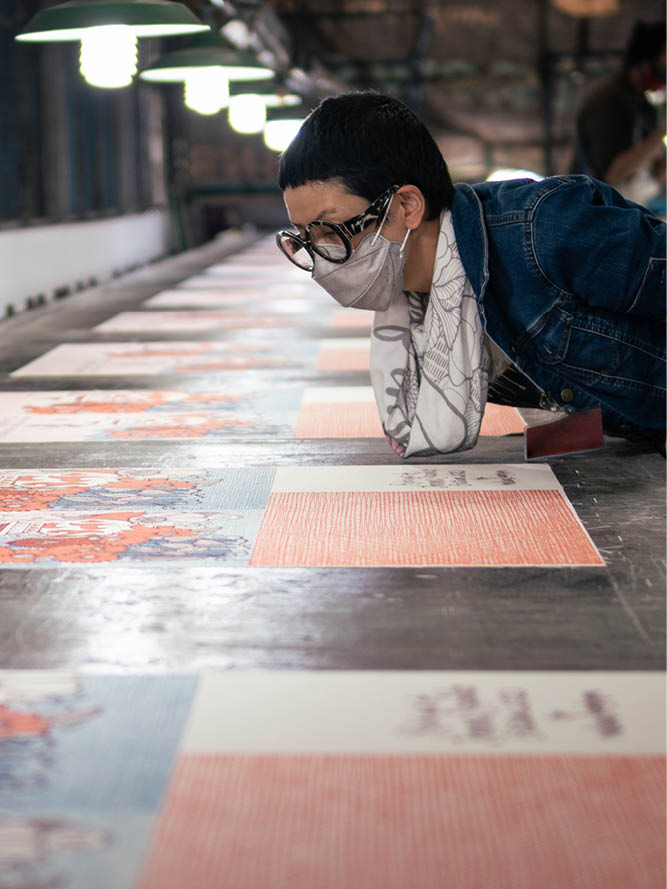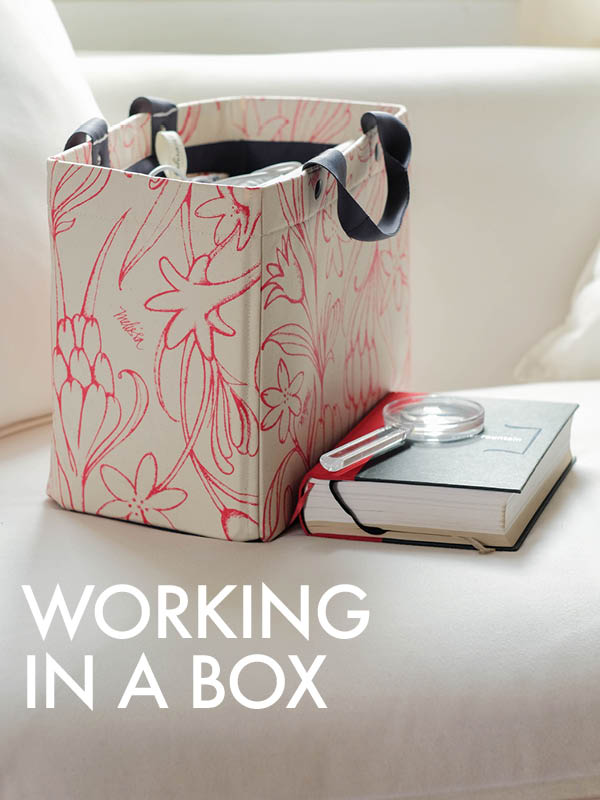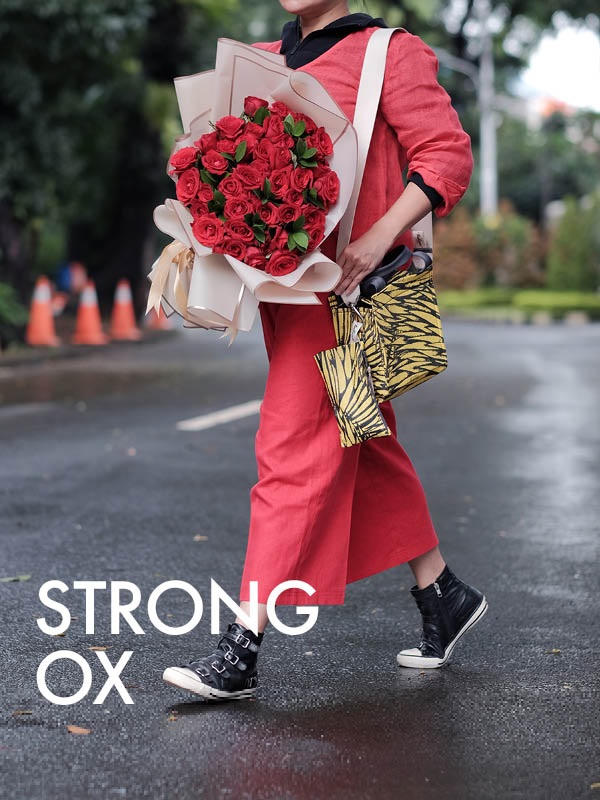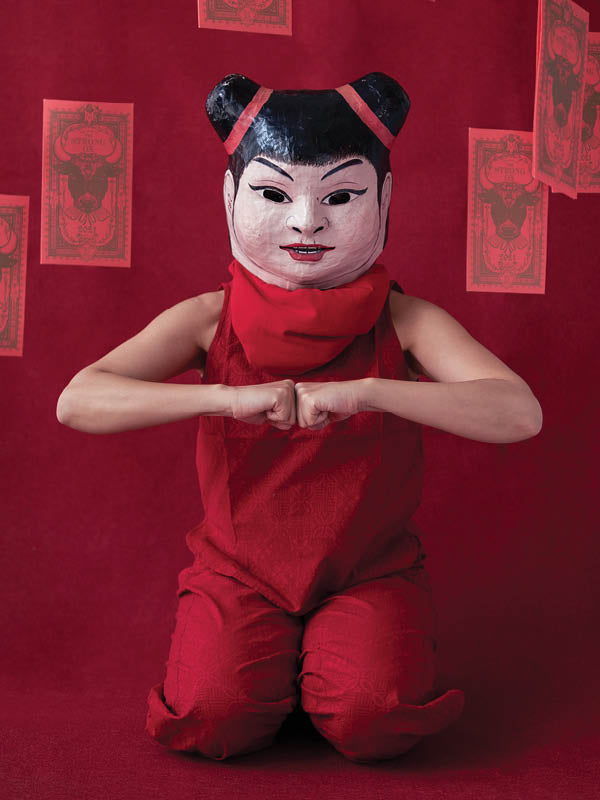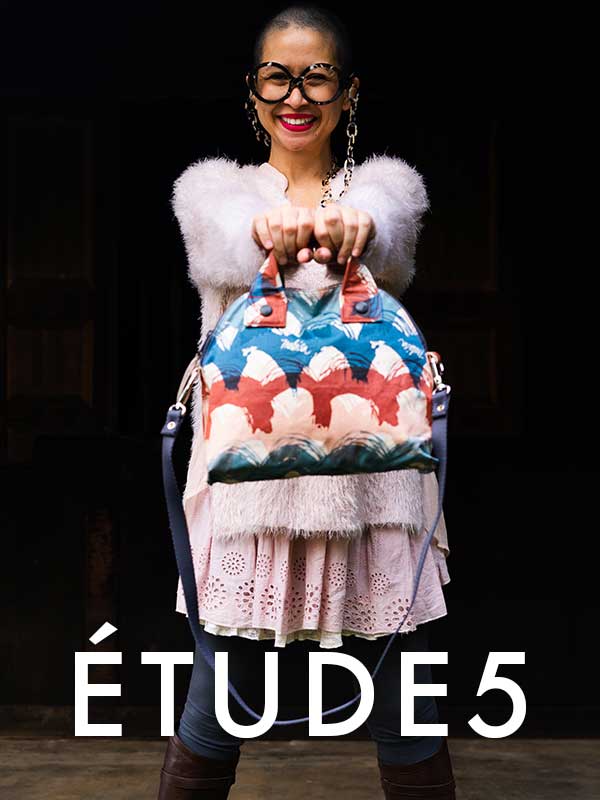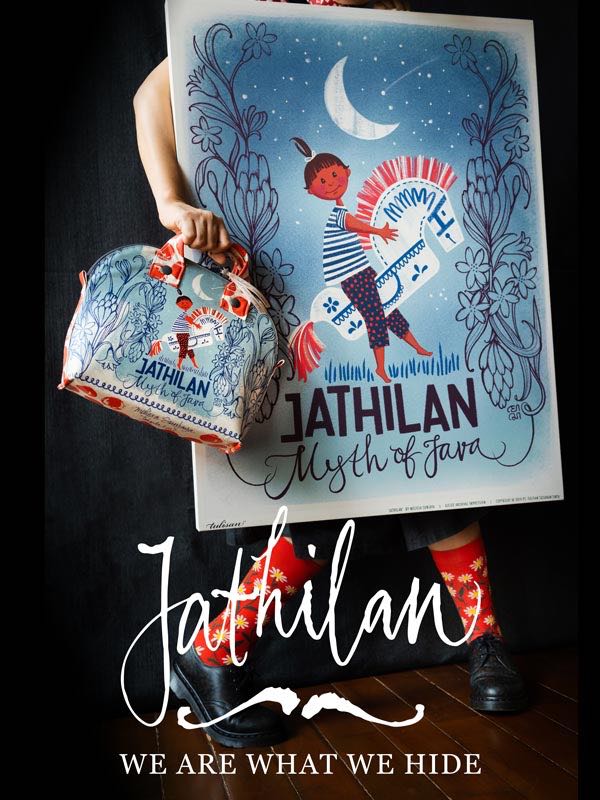Step 5: Prototyping (Design)
Our design instructor Sébastien Théraulaz always repeated time and again “when we have an idea, make the prototype,” that way, we see the tangible form of our ideas and notice if it translates well visually or whether we would need to tweak bits and pieces before achieving our desired result. After the four separate creative process of research, sketching, writing, and playing around with patterns, here is where everything should come to its ultimate form.
When Melissa and the Tulisan team has already sat down and settle on the type of bag they want to realize, the process from here is to first produce a very detailed technical package. As I once talked to Tulisan’s technical designer, this activity requires an eye and sensitivity for detail. A strong sense of logic in calculation and imagining form is key in this step. From here, the team would need to research on the various fabrication methods, test the components used for the bag, develop cutting patterns which apply the zero-waste principles of leaving no waste behind to the final construction of product prototype.
Often, during the cutting pattern development, the extra materials are turned into a completely new product which occur spontaneously and stray from the initial plan — making it a bonus product complimenting the rest. Other times, once a form has been produced, many changes of removing, adding, or replacing the components to altering size may occur to ensure the design still retains its main function.
Even though Tulisan is rich with character and bold colors, a minimalistic approach in product design is still necessary to follow the functionality foremost. Prototyping here is crucial in evaluating the simplicity of the bag without overdoing it. A contributing product designer of Muji, Sam Hect once said, “it [product design] requires great restraint from a designer. The designer must almost not design. The removal of unnecessary function, to allow gaps to exist. In these gaps, life can breathe.”
Through these gaps is where the patterns and livelihood of Tulisan stories breathe on the simple form of canvas.
Read the previous steps below:
Step 1: Preliminary Research and Sketching
Step 2: Writing the Stories
Step 3: Research and Development
Step 4: Prototyping (Print)
– Tulisan Chronicles Team













